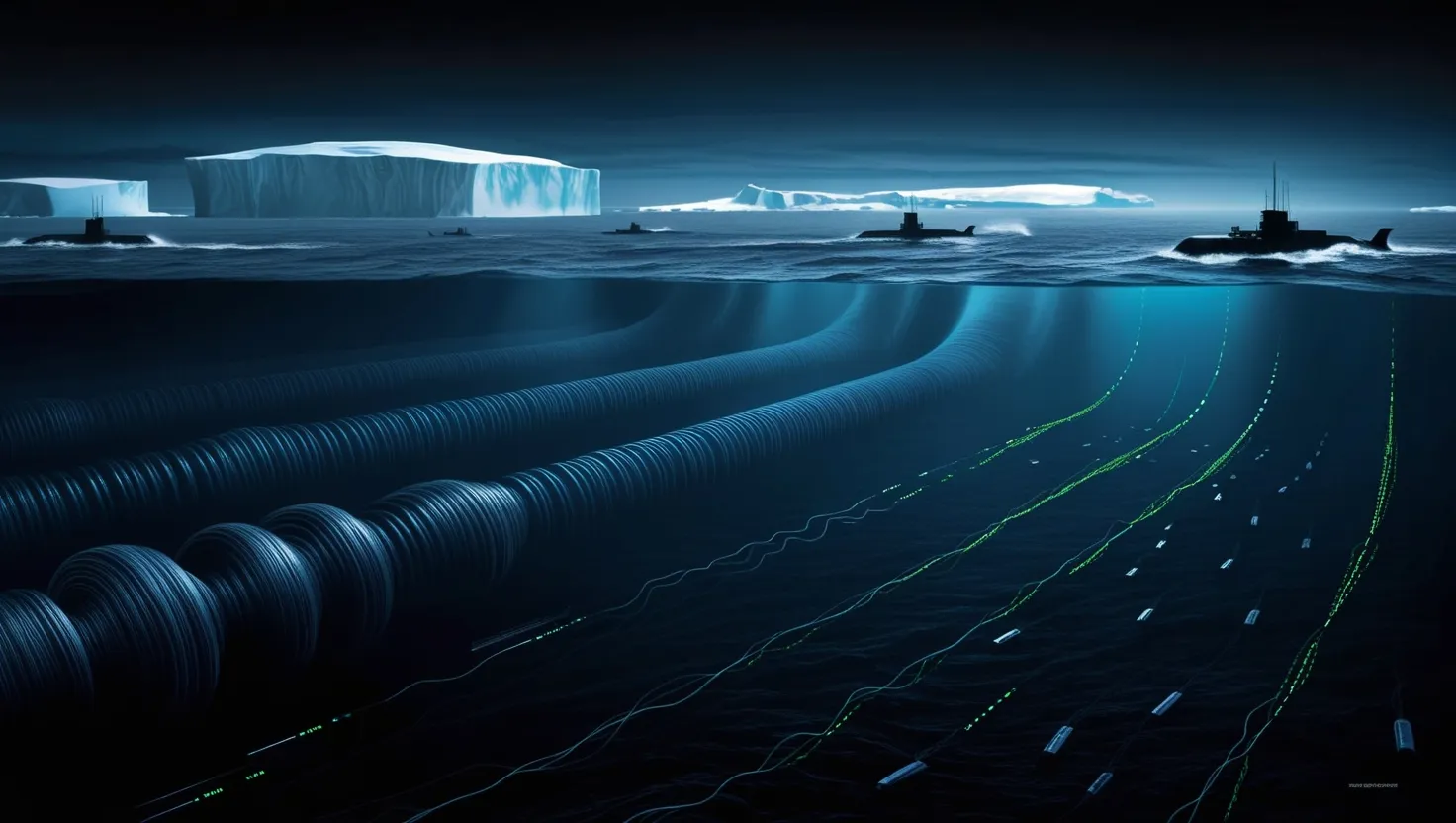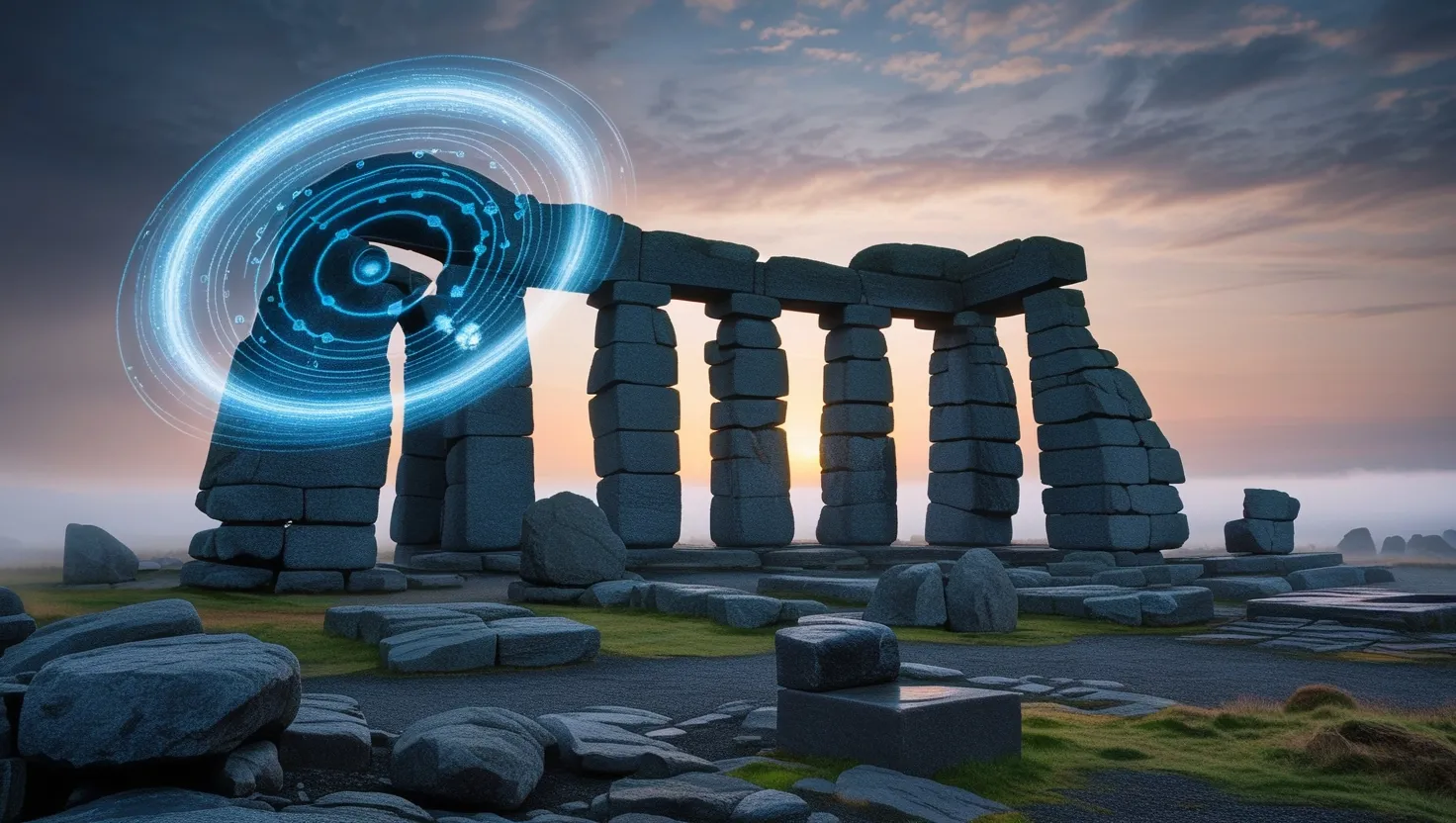Most people remember the awe of the Apollo missions for their spectacular achievements, yet not all stories from these journeys are so neatly footnoted in history books. When you dive into the trove of declassified transcripts, mission logs, and overlooked interviews, you start to piece together a much stranger narrative—one filled with odd signals, baffling instrument readings, conversations cut short, and anomalies that no one from NASA felt the need to explain publicly. I want to bring you along as we explore some of these episodes, not with the intention of spinning fantasies, but to prompt real curiosity. Where does the evidence lead us when we look at the Moon not simply as a dead rock, but as a place still full of open questions?
Have you ever wondered what it felt like, inside a tiny capsule two hundred forty thousand miles from home, staring down at a surface nobody had ever walked on before? The Apollo crews did, but soon after landing, some of them danced on the edge of the unknown. The Moon’s barren look hides a record of mysteries, and the seven anomalies NASA never fully addressed tell a different story than the clean, victorious image we grew up with.
Let’s start with a sound among the silence—a tale that wasn’t meant for public ears. During the Apollo 10 mission, as the astronauts orbited the Moon’s far side and lost radio contact with Earth, something odd crackled through their headsets: a sequence of “space music” or radio signals that no one could identify. Imagine you’re floating above the lunar surface, expecting the hush of the void, only to be met with unplaceable sounds. The recordings only surfaced four decades later. To this day, no technical explanation has been officially accepted. Was it interference, or something fundamentally foreign to anything we’d encountered before?
“Somewhere, something incredible is waiting to be known.” — Carl Sagan
Then there’s Apollo 12—the mission famous for its unplanned experiment with lunar acoustics. When the crew deliberately crashed the empty ascent stage into the lunar surface after departure, something strange happened: the Moon rang like a bell. Seismometers planted on the surface recorded echoes that reverberated for almost an hour, far beyond what scientists expected for a solid, airless world. Normally, impact waves should rapidly fade as energy dissipates, but here the oscillations lingered. Does this suggest a hollow or at least a highly unusual layered lunar interior? Decades later, seismologists still debate the exact meaning, because this kind of “ringing” doesn’t fit our Earth-bound models.
What could this mean for the Moon’s history? Could it be a unique quirk due to dried-out geology, or the sign of complex, perhaps even artificial subsurface architecture? That possibility, strange as it sounds, has been quietly entertained in flawed conference notes and speculative interviews, though rarely in the official record.
But the surprises aren’t all seismic. Apollo missions brought back rocks containing mineral signatures that shouldn’t exist where they were found. Scientists refer to a mysterious group called the “Mg-suite”—magnesium-rich stones that appear to have formed deep beneath the lunar crust, yet were collected far from obvious volcanic regions. Heat sources and geological engines responsible for their placement remain unexplained. If our models suggest an inert Moon, why do we keep finding evidence of hidden magmatic activity? These discoveries hint at forces still reshaping the moon’s core, and possibly at energy stores lying in wait below.
Do you think the Moon is more active inside than we give it credit for? Imagine a future lunar base tapping geothermal pockets instead of relying on clunky solar arrays—the ramifications would stretch well beyond simple curiosity.
“Equipped with his five senses, man explores the universe around him and calls the adventure Science.” — Edwin Hubble
It’s not only rocks and rumblings that keep researchers up at night. Multiple Apollo missions documented flashes of light, both through the portholes and imperfect lenswork of portable cameras. These weren’t all cosmic rays or reflections—some occurred on the dark side of the Moon, perfectly shielded from the Sun. Astronauts described them as brief bursts or sudden, persistent glows, sometimes with blue or green tints. The best photochemical explanations struggle to account for so many odd flashes in consistent locations. Some quietly suggest these could be lingering after-effects of ancient impacts, or residual radiation trapped by magnetic anomalies. A few go further, speculating about power sources or surface machinery left by unknown hands.
This brings us to another oddity: the Moon’s magnetic readings. The Apollo magnetometers found patches of magnetism far too powerful and localized for a body assumed to have lost its internal dynamo billions of years ago. Some swathes of lunar soil, notably in ghost crater regions, revealed signs of intense local fields. Without an active core, how did these fields form and persist? Are they the leftovers from a primordial moon with a much more dynamic past, or markers of something even more unexpected?
What’s your first thought when you hear, “magnetic anomaly on the Moon”? Is it evidence of mere random chance—or could it suggest artificial origin? As I see it, such gaps in our models force us to keep our sense of wonder alive.
“The most beautiful thing we can experience is the mysterious. It is the source of all true art and all science.” — Albert Einstein
Apollo astronauts often recounted unexplainable brief equipment failures. Some of these glitches, dismissed as cosmic rays or unavoidable technical hiccups, happened in streaks—specific places, specific orbital tracks, always in the same lunar regions. The implication is subtle, but it’s hard to ignore patterns that repeat outside of random distribution. Is there something in certain parts of the Moon that interacts with electronics, possibly from hidden sources below the surface?
Not every recorded anomaly made headlines or survived in official reports. Take the Apollo 8 “Santa Claus” transmission, a cryptic code transmitted back to Houston as the team rounded the far side. Speculation runs wild: some say it was a joke, others wonder if it was a subtle way to describe a strange sight—a formation or a bright light—that protocols at the time prevented anyone from reporting plainly. NASA has never clarified that iconic moment, allowing stories to flourish for decades.
And finally, scattered through mission archives are references to outpost-like features photographed from lunar orbit. Analysis after the missions always found more plausible geological explanations, but a handful of former mission specialists continued to insist, in obscure interviews and retirement lectures, that a few structures defied easy description. Was this wishful thinking, or do their claims deserve another look with today’s technology?
At this stage, you might be wondering: why does NASA, with its reputation for rigorous investigation, leave such threads hanging? Part of the answer lies in science’s natural caution—no claim should be accepted without overwhelming evidence. Yet silence, especially on topics that have stirred public imagination, only deepens the legacy of mystery.
“Not only is the universe stranger than we imagine, it is stranger than we can imagine.” — J.B.S. Haldane
The Moon, on the surface, is an open book—grey powder, bone-dry rocks, rolling highlands and ancient seas. But the Apollo program carved out a handful of pages written in invisible ink. They hold stories of seismic echoes too long to dismiss, lights that flicker without cause, signals caught in static, and minerals that defy mapping. The more we look, the more questions collect.
Maybe the Lunar mysteries are simply gaps in our knowledge, destined to fade as we revisit and explore with new equipment. Or these are signs that the Moon is far stranger, that it bears the fingerprints of events, or intelligences, we’ve not acknowledged out loud. I’d like to leave you with a question: Have we really learned all we’re going to from those dusty Apollo reels, or is the next generation of explorers about to press play on more lost tapes, waiting for us in the shadows of the lunar maria?
Because in the end, science is not the opposite of mystery; it is the search for it. And the greatest discoveries begin with the questions we’re not afraid to ask.






